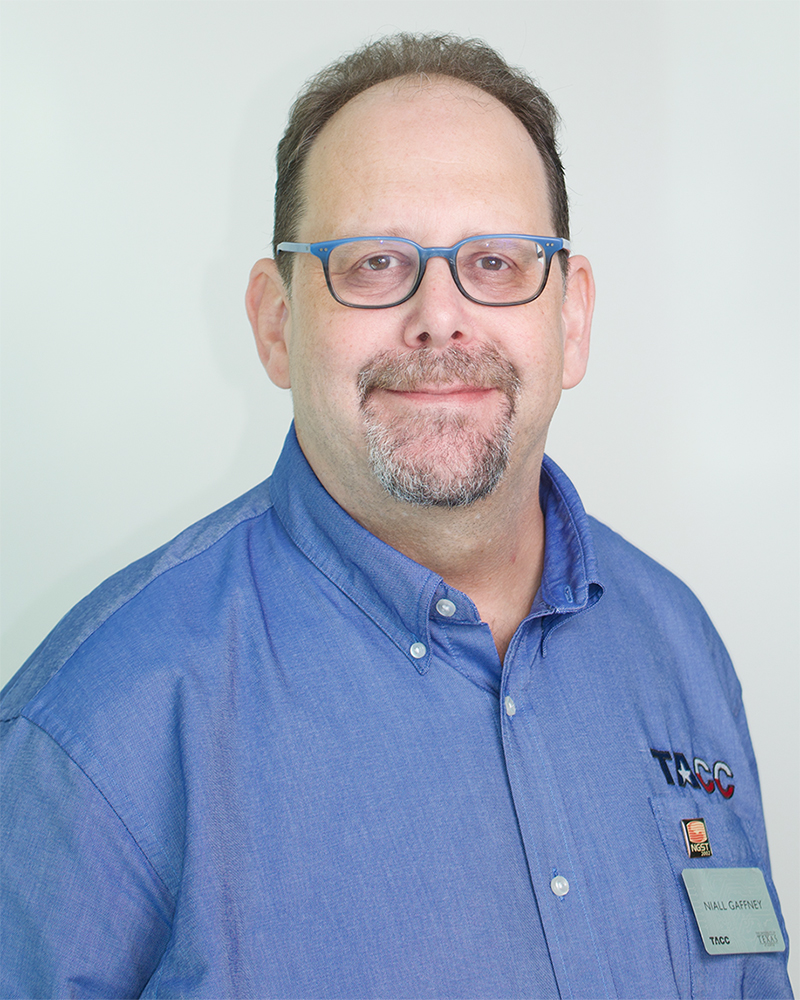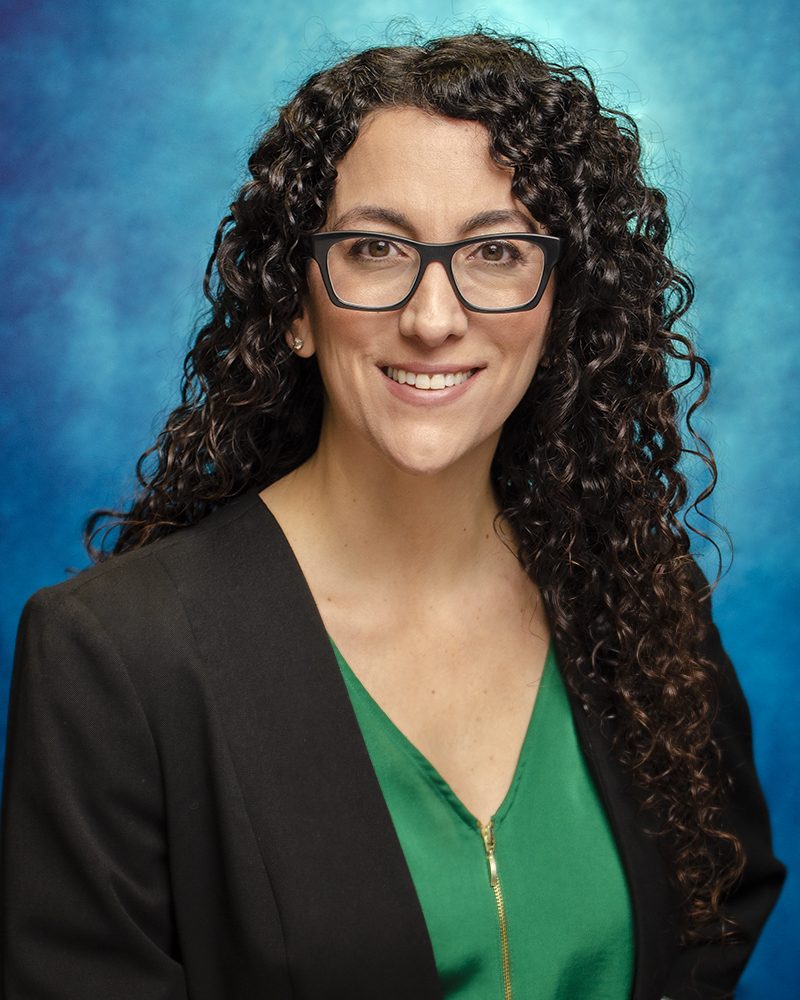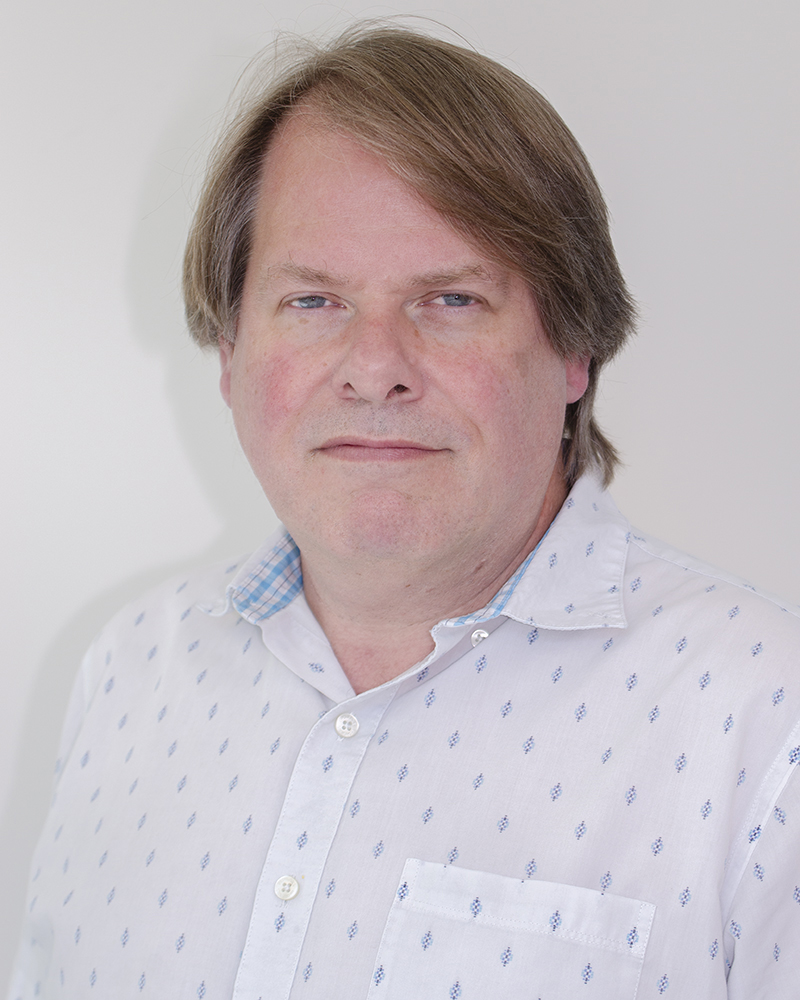Powering Discoveries
Faith Singer
New Directions in HPC
Members of TACC’s leadership team share forward-looking ideas from edge computing to quantum visualization
Edge Computing
Niall Gaffney, Director of Data Intensive Computing

The edge is where the action is. It’s where data comes from and where choices are made to improve outcomes in the world around us. The edge can be a telescope on a remote mountain top, a stop light at a busy intersection, or a camera monitoring wildlife. But one thing you won’t find at the edge is the power and cooling needed to run high performance computing. The solution is edge computing. In this paradigm, data is collected, and algorithms trained to recognize conditions in the data that allow decisions in remote locations without having to wait for results from a distant data center.
Astronomers can use both observations and simulated data to teach AI to detect supernovae and merging black holes, and then message other telescopes to gather more data about these time-sensitive events. Stop light cameras can detect accidents and call for help faster; wildlife cameras can detect signs of illness in animals and notify officials to help mitigate the spread. This synergy between high performance computing and edge systems shows that advances in AI and machine learning can be applied in the most remote of circumstances, furthering discoveries that change the world.
Data-Driven Government
Maytal Dahan, Director of Advanced Computing Interfaces

We want our government to make decisions based on the best data available — and increasingly, federal agencies and federally-funded researchers are making important data available to the public. But finding these datasets, determining how and by whom they’re being used, and ascertaining their value remains a major challenge.
TACC is teaming up with leading federal agencies, scientific publishers, and research centers to design the future framework for reusable, reproducible and discoverable government data. The effort, called “Show US the Data,” is already bearing fruit. The center has developed an application programming interface, or API — a language computers use to talk to other computers — to query metadata from federal datasets. TACC will also create comprehensive online dashboards for individuals, scholars, and decision-makers to help them understand how government data is used.
This project helps satisfy the goals of the “OPEN Government Data Act” passed by Congress in 2018. It also supports the National Artificial Intelligence Research Resource providing high-quality training and test data that can be used to advance AI research nationwide.
AI+Sim
John Cazes, Director of High Performance Computing

For years, researchers doing simulation/modeling and AI — in the form of deep and machine learning — worked in different worlds using separate hardware and software approaches. But increasingly, the scientific community is seeing the merger of these two areas, bringing greater accuracy to inference-based predictions while solving problems at scales that can’t be accessed through simulation alone.
This is sometimes called “physics-informed machine learning.” Examples in climate, weather and ocean modeling, advanced manufacturing, and health applications abound, and real growth in this approach is happening within our community. TACC has always supported both paradigms and their union is a welcome direction for science.
Quantum Visualization
Paul Navrátil, Director of Strategic Technologies

Creating photorealistic computer visualizations is a goal of Hollywood, video game makers, and scientists. Photorealistic ray tracing is a method that uses random sampling methods and the physics of light to approximate how photons reflect off surfaces. It creates more realistic renderings, but even supercomputers struggle to produce such images.
Like many computing methods, ray tracing will be accelerated by quantum computing, which can represent many samples simultaneously through quantum superposition. Researchers at the University of Minho, University of the West of England, and TACC recently demonstrated the potential of quantum visualization by creating the first known quantum-accelerated version of the classic Cornell box, a simple physical environment used to compare methods for generating lighting, geometry, and material reflectance properties. TACC researchers and our partners found that ray tracing workloads aided by quantum computing can offer up to 190% better performance by slashing the number of calculations required by each ray, significantly reducing the requirements of the technology. The methods may one day enable more practical uses of this type of quantum acceleration in science, filmmaking, and in the metaverse.

